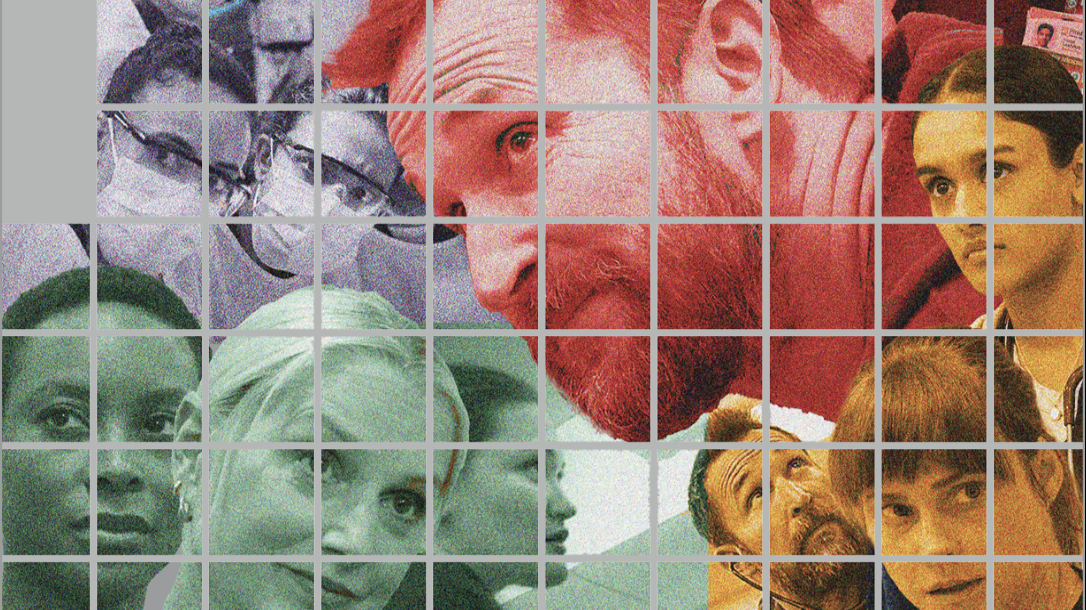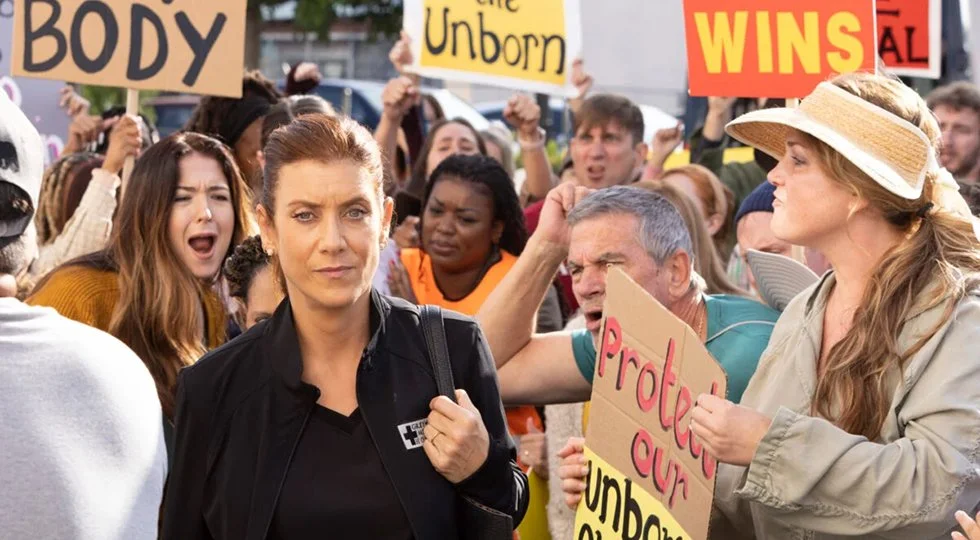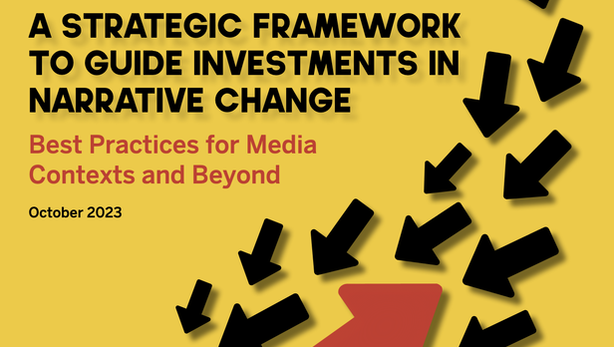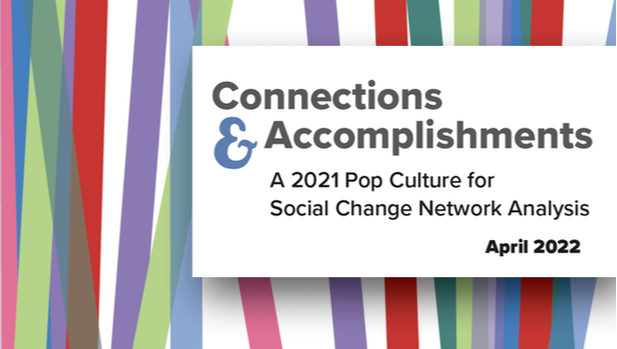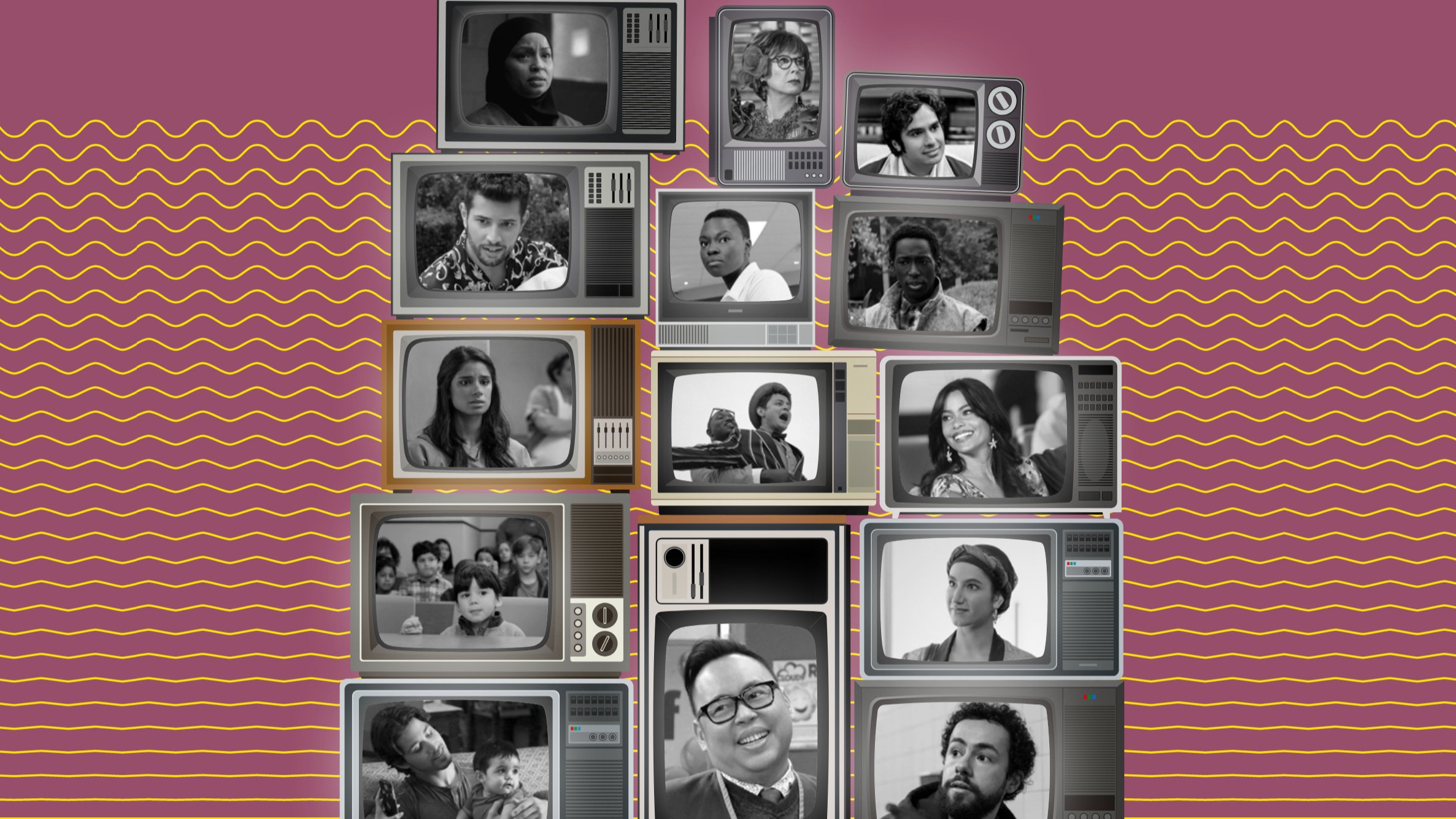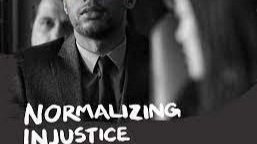PUBLICATIONS
Life & Death on 'The Pitt'
HBO Max's The Pitt is sparking real-world action on organ donation and end-of-life planning, according to our survey and interview analysis. Nearly 90% of viewers said it exposes systemic issues like understaffing in healthcare.
When Athletes Own the Story
Athlete-owned media is transforming the sports world by giving athletes the power to create, own, and share their stories on their own terms. Our newest report shows how this shift is redefining sports coverage, challenging traditional media power structures, and reshaping the industry’s cultural and economic landscape.
Hollywood, Health & Society partners with organizations to create resources for writers and producers on a wide variety of topics:
Big Tech 'Off the Hook'
How do news and entertainment media cover the harms of social media—and what stories do audiences want? Our multi-country study, supported by Luminate, reveals that while tech’s negative impacts are widely covered, especially on youth, the role of corporations is often left out of the conversation.
Grey’s, Reddit and Roe
When Grey’s Anatomy addressed abortion restrictions in 2022, it mirrored the real-world fallout of Roe v. Wade’s overturn. Our analysis of Reddit discussions shows how the episode sparked conversation and reflected viewers’ concerns
Jews on Screen
Amid rising antisemitism, the need for nuanced and humanizing portrayals of American Jews in entertainment is critical. Our study, with funding from the Jewish Institute for Television & Cinema Hollywood Bureau, suggests there is a lot of room to more fully depict the diversity of the Jewish community.
Abortion on TV
A new study conducted with ANSIRH finds that accurate portrayals of abortion in storylines on A Million Little Things (ABC), Better Things (FX), and Station 19 (ABC) fostered greater understanding of abortion access, prevalence, and safety, even inspiring some to take actions in support of reproductive rights.
Native Representation on Television
This study conducted in collaboration with IllumiNative found improvements in on-screen portrayals, but also highlights a need for better representation of Native talent behind the scenes.
Extrapolations
Apple TV+'s Extrapolations explored life-altering choices in a climate-ravaged near future. Our study with Good Energy found that viewers felt the show shaped their knowledge and attitudes on climate change, with some inspired to take action.
Climate Unscripted
By examining sustainability-related keywords over a six-month period spanning 200,000 hours of unscripted programming, we found more than 28,000 keyword mentions across all unscripted TV genres — with home shows, docuseries, and food shows leading the way.
Understanding MENA Audiences
Audience survey research in Egypt and Saudi Arabia reveals significant opportunities for content creators to connect with MENA audiences eager for expanded scripted programming across multiple genres and platforms.
Mental Health on Television
We worked with SHOWTIME/MTV Entertainment Studios to understand the impact of mental health depictions in entertainment. We found that quality and nuanced TV storylines can destigmatize mental health treatment and promote help seeking.
Caregiving and NBC’s “This is Us”
Our study with Caring Across Generations found that the final season of NBC’s This is Us influenced audience attitudes on caregiving issues. From universal challenges to policy support, the storyline had an impact on viewers' beliefs & actions.
Asian Representation in Streaming
Our study with Gold House dives into depictions of Asian characters in scripted streaming. There is progress in casting Asian actors beyond tokenized characters, but these roles emphasize proximity to whiteness over authentic cultural specificity.
Shifting Narrative Change into High Gear
Funders interested in narrative change often ask variations of the question: How do we really know what strategies are working? Our latest report distills 25 best practices that make narrative change efforts more likely to be successful.
Trigger Warning: Gun Guidelines for Media
A new resource guide created by Hollywood, Health & Society was designed to help TV and film creatives better understand the presence of gun use in the entertainment industry, and how to depict guns responsibly.
Pop Culture for Social Change
With support from the Pop Culture Collaborative, we created this network mapping survey of the Pop Culture for Social Change field, serving as an essential, data-informed baseline for mapping, understanding the evolution of the PCfSC field.
Science Journalism Impact
With support from the Howard Hughes Medical Institute, we identified and studied best practices for achieving impact through science journalism, focusing on local climate change coverage through the Pulitzer Center’s Connected Coastlines series.
Climate Change in Entertainment
In an analysis of more TV and film scripts, only 2.8% mentioned anything about climate change. And an accompanying survey of 2,000 Americans found that few can identify a fictional TV or film addressing the climate crisis.
Gun Safety and Prevention on TV
We analyzed 250 episodes of scripted TV dramas and found limited depictions of gun safety and gun violence prevention measures. But when gun safety portrayals do appear, they can have a substantial impact on viewers.
Spotlight on Domestic Workers
We partnered with the National Domestic Workers Alliance to study the history of domestic worker representation across scripted film and TV through both a frequency and content analysis.
Flip the Script on Plastics
In collaboration with Plastics Pollution Coalition, we examined popular TV shows from the 2019-2020 season in the first-ever analysis of the portrayal and prevalence of single-use plastics and reusable alternatives in scripted TV.
The Social Dilemma
In a study of the 2020 documentary, The Social Dilemma, we found that viewers of the film were more knowledgeable about persuasive design techniques employed by social media companies and had greater support for design changes and government regulation.
Poverty in Pop Culture
In an expansive cultural audit, we examine poverty and wealth narratives in popular culture. To what extent do mass media perpetuate stigmatizing, individualistic narratives about poverty?
Narratives of Health Equity
We explore how media narratives impact audiences’ understanding of health and well-being, disparities and solutions; and how entertainment might play a key role in shifting mindsets toward equity and social justice.
Are You What You Watch?
The Lear Center's Media Impact Project polled some 3,000 Americans on their opinions about U.S. and world affairs as well as their favorite entertainment and news preferences. We found some interesting correlations.
Change the Narrative, Change the World
In the second study with Define American, we find that TV shows with nuanced immigrant characters and immigration storylines can shift attitudes and inspire people to real-life action.
Normalizing Injustice
Conducted with Color of Change, we looked at depictions of the criminal justice system on American TV. The crime TV genre advances distorted depictions of crime, justice and race. For people of color, this can lead to real-life consequences.
Charitable Giving in the Media
Through a mixed-methods study, we analyze narratives about giving conveyed through mass media, as well as what types of media content are consumed by potential donor audiences.
Africa in the Media
This study illustrates how Africa and Africans are depicted in U.S. media and entertainment in the hopes of generating a deeper understanding of the media’s impact on opinions and attitudes toward Africa and U.S. engagement with the continent.

